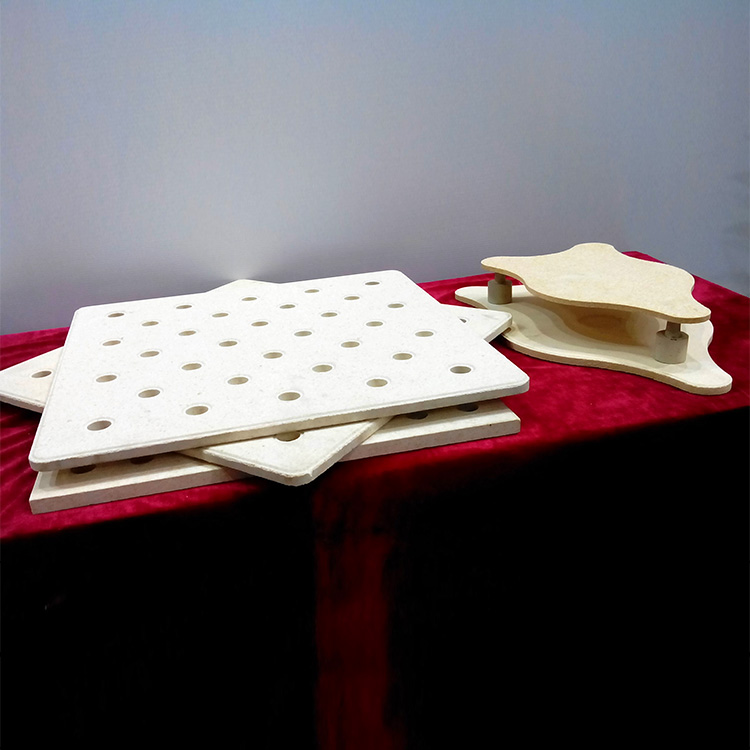
For technical engineers and equipment managers operating high-temperature rotary kilns or industrial furnaces, ensuring the reliability of refractory linings made of high-alumina dense abrasion-resistant clay bricks is paramount. These bricks, with alumina (Al2O3) content ranging between 30% and 46% and service temperatures from 1580°C to 1770°C, form the backbone of efficient thermal insulation and wear resistance in harsh environments. This article systematically combines international standards and on-site operational insights to guide you in selecting, installing, maintaining, and monitoring these critical materials, thereby maximizing service life and minimizing unexpected downtime.
High-alumina dense abrasion-resistant clay bricks are specifically engineered for environments with aggressive mechanical wear and high thermal loads. The alumina content governs key properties such as refractoriness, corrosion resistance, and structural stability. Bricks with 30%-36% Al2O3 are typically used where moderate thermal shock resistance and abrasion resistance are needed, whereas those closer to 46% alumina are preferred in ultra-high temperature and corrosive atmospheres.
Their dense microstructure provides superior abrasion resistance against particulate impact common inside kilns handling raw materials like cement clinker, lime, or mineral concentrates. Selecting bricks with appropriate refractoriness under load (RUL) — typically above 1600°C for standard operations — is essential to avoid premature failure.
Before installation, thorough planning ensures performance longevity:
During installation, adopt a staggered brick pattern with precise alignment to optimize load distribution and facilitate thermal expansion. Apply gradual and even heating post-installation to reduce internal stresses.
In highly aggressive environments characterized by frequent temperature cycling or chemical vapor exposure, consider:
Regular condition monitoring is essential. Recommended detection approaches include:
| Detection Method | Purpose | Frequency |
|---|---|---|
| Visual Inspection & Photographic Records | Identify cracks, spalling, and surface wear | Monthly |
| Ultrasonic Thickness Measurement | Quantify brick thickness loss due to abrasion | Quarterly |
| Chemical Analysis of Surface Deposits | Detect corrosive agents like alkalis or sulfates | Biannual |
Document inspection results systematically using standardized forms, referencing ISO 1929:2006 guidelines for wear classification. Establish threshold wear levels (e.g., brick thickness reduced by 20%) to trigger maintenance or replacement, ensuring minimal operational impact.

Aligning installation and maintenance practices with industry standards like ISO 12677 and ASTM C27 safeguards quality control. Practical feedback from frontline operations reveals the importance of adaptive interventions, such as increasing inspection frequency during seasonal temperature swings or after plant shutdowns.
"Proper thermal cycling management reduces cracking incidents by up to 30%, thereby extending brick life significantly." – Industry Technical Report, 2023
Combining these insights, you can develop tailored maintenance schedules that balance cost efficiency with operational reliability based on kiln operating parameters and historical wear data.

To maintain your refractory lining's integrity, implement a written inspection and maintenance protocol:
Train your maintenance team in identifying key failure modes, such as spalling, flaking, and corrosion pits. Utilize digital record-keeping platforms to visualize wear trends and inform procurement cycles.



